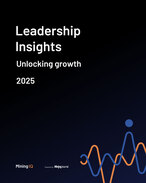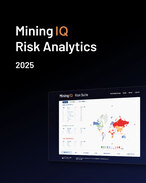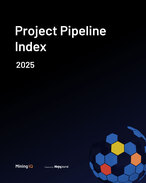This article is 5 years old. Images might not display.
Of 43 companies in the credit ratings agency's North American coverage universe that hold US$29.5 billion of the total debt that matures between 2021-2025, five companies hold about 32% of the total and 10 account for 53% of the outstanding amount.
Only $4.7 billion of debt matures in 2021-2022 and maturities peak at $13.5 billion in 2025.
Total loan and debt maturities declined modestly from about $31 billion before the pandemic. However, total reported debt grew by $7.8 billion to $71 billion in the first half, outpacing the increase of $6.9 billion in cash, cash equivalents and marketable securities to $25 billion.
"Along with improved liquidity and a larger share of the newly issued debt maturing after five years, this suggests a relatively low near-term refinancing risk for the sector compared with pre-pandemic levels," said VP and senior analyst Botir Sharlpov this week.
Sharlpov suggested mining and metals issuers on average were free cash flow negative in the period.
Cleveland-Cliffs, Teck Resources, Freeport-McMoRan, US Steel and Peabody Energy reported the largest increases in net debt in the first half, while Newmont Mining, Barrick Gold, Nucor, New Gold and Graftech Finance were the top five companies for generating net cash.
"Many mining and metals issuers are expected to deliver higher earnings and cash flow, improve liquidity and reduce net debt in the second half, given the rebound in commodity prices in the last few months," Sharlpov said.
Bond issuance and bank credit facilities provided by US and Canada-domiciled companies, including the instruments maturing after 2025, jumped 35% in the year-to-date through August, according to Dealogic. This was a result of sharp increases in the issuance of investment-grade and high-yield bonds to $18.7 billion year-to-date through August, from $2.5 billion in the same period last year.
However, Moody's noted the quality of ratings had deteriorated owing to pandemic impacts on key end-markets. The share of rated debt instruments in the ‘B' and ‘Caa and lower' categories increased from 50% before the pandemic to 63% as of August, with the largest increase in the B category that now contains nearly half of the rated instruments.


























